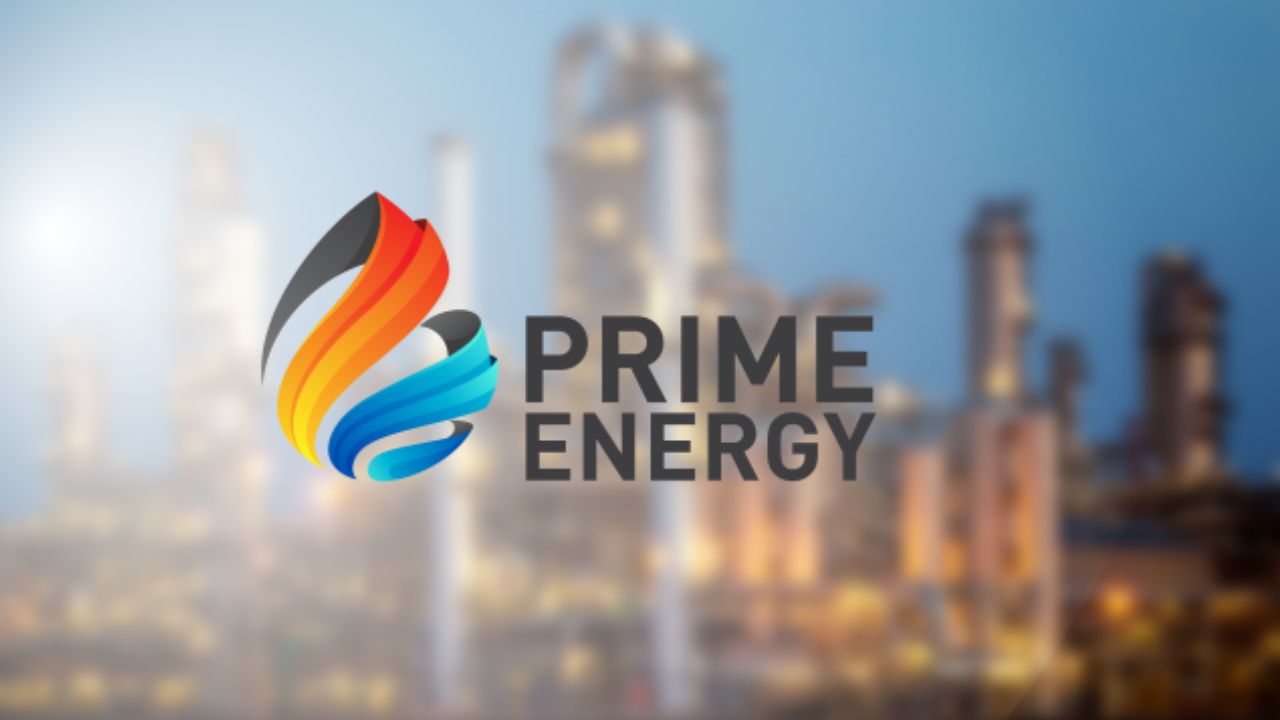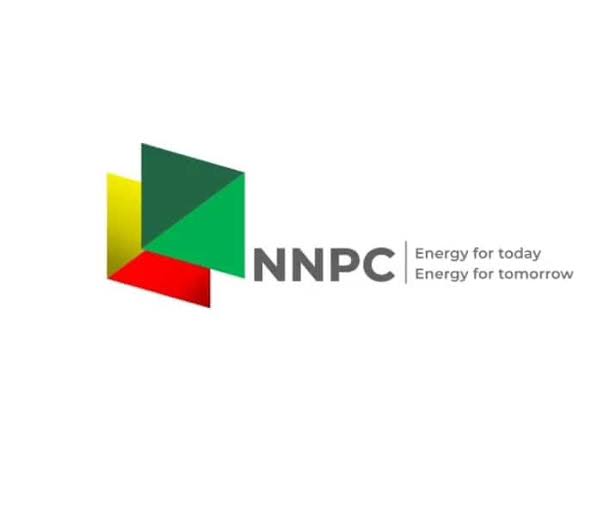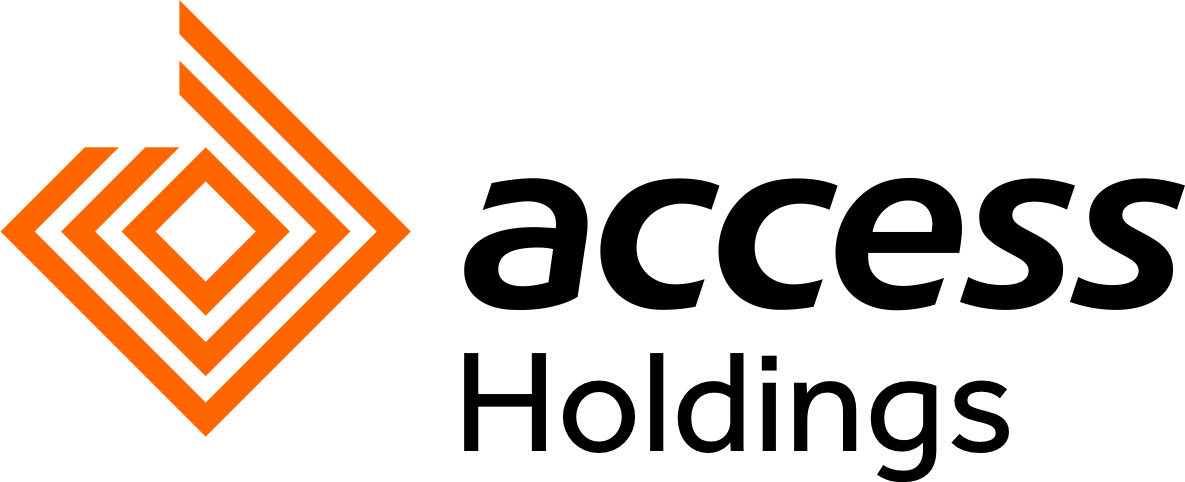
gremlin Dear Baron Technology Fund Shareholder: During the third quarter, Baron Technology Fund® ( MUTF: BTECX , the Fund) rose 3.85% (Institutional Shares), outperforming the MSCI ACWI Information Technology Index (the Benchmark), which increased 1.12%.
The Fund underperformed the broader S&P 500 Index ( SP500 , SPX ) , which rose 5.89%. For the first nine months of 2024, the Fund posted solid gains, increasing 27.
58%, slightly outperforming the Benchmark, which rose 26.19%, but materially beating the S&P 500 Index, which appreciated 22.08%.
Review & Outlook U.S. equities closed higher for a fourth consecutive quarter, as generally upbeat economic reports supporting the soft-landing narrative and the Federal Reserve's long-awaited dovish pivot spurred a meaningful rotation out of large-cap, Magnificent Seven stocks and into value/cyclicals/small caps.
Beneath the surface, the market advance was anything but uneventful, with the S&P 500 Index falling by nearly 9% in late July/early August and by more than 4% in early September, before quickly recouping losses on both occasions. Shifting investor sentiment was reflected in the movement of the VIX Index, which briefly spiked above 65, its highest level since the onset of the COVID-19 pandemic and a mark hit only a few times in its 35-year history. The Magnificent Seven, which dominated market performance during the first half of the year, moved in opposite directions during the third quarter, as double-digit gains from Tesla, Inc.
( TSLA ) , Meta Platforms, Inc. ( META ) , and Apple Inc. ( AAPL ) were mostly offset by declines from Alphabet ( GOOG , GOOGL ) , Amazon.
com, Inc. ( AMZN ) , Microsoft Corporation ( MSFT ) , and Nvidia Corporation ( NVDA ) , with the group posting a modest gain of 1.7% for the period.
Sector leadership was centered in rate-sensitive sectors expected to benefit from lower interest rates, namely Utilities, Real Estate (REITs), Industrials (building products), Financials (regional banks and insurers), and Consumer Discretionary (homebuilders). Information Technology and Communication Services underperformed due to declines from certain members of the Magnificent Seven, specifically Microsoft, Nvidia, and Alphabet. Despite this backdrop for the quarter, Fund performance was solid, with a strong quarterly absolute gain of 3.
85%, and solid relative outperformance versus the primary Benchmark. This was due to stock picking, as the Fund's differentiated holdings and weights drove relative outperformance of 273 basis points. Relative outperformance stemmed from our investments in newer holdings GDS Holdings Limited (pan-Asia data center company) and Duolingo, Inc.
( DUOL , learning language innovator); electric vehicle and autonomous driving and robotics leader, Tesla; digital audio streaming leader, Spotify Technology S.A. ( SPOT ) ; police technology leader, Axon Enterprise, Inc.
( AXON ) ; e-commerce platform leader, Shopify Inc. ( SHOP ) ; property and casualty insurance platform, Guidewire Software, Inc. ( GWRE ) ; and IT and industrial research and advice leader, Gartner, Inc.
( IT ) Our underweight in Microsoft and zero weight in Samsung Electronics ( OTCPK:SSNLF ) were other positive relative contributors in the quarter. On the flip side, notable relative detractors included semiconductor holdings, indie Semiconductor, Inc. ( INDI ) and Lam Research Corporation ( LRCX , see below); online retail and cloud computing leader, Amazon, due to a weaker than expected quarter (see below); and the Fund's underweight in Apple, which rose this quarter in anticipation of the launch of Apple Intelligence to come in early 2025, Apple's initial foray into generative AI (Gen AI).
AI Infrastructure/Semiconductor Demand Following up on the AI discussion in our last letter, 1 our research over the past three months, including a recent Baron research trip up and down Silicon Valley, has confirmed that we remain in an AI arms race. This arms race can be described as a contest to develop the one foundational model 2 to "rule them all," to borrow a line from Tolkien, and be the first to achieve artificial general intelligence, or AGI. 3 The racecourse has been built on scaling laws, and the race obstacles are data, compute, and models.
AI scaling laws describe the predictable trend of improvement in model performance with increases in three key factors: model size (number of parameters), data size (amount of training data), and compute instances (amount of computation used). Here is a simple breakdown: Companies that don't enter the AI race are left watching from the sidelines, missing out on the biggest technology and industrial transformation and economic jackpot in a generation. The entry fee of capital and operating investments is high.
But the winners' podium will likely hold more than just the first, second, and third places, but probably less than 10. None of the large hyperscalers nor consumer internet players, not to mention a handful of sovereigns, can risk not having runners in this race. To be sure, just the other day, Jensen Huang, Nvidia's CEO, stated in a CNBC interview that "the demand for Blackwell [Nvidia's next-generation platform] is insane.
Everybody wants to have the most and everybody wants to be first." Larry Ellison, the CEO and founder of Oracle ( ORCL ), publicly told the story of how he and Elon Musk were literally "begging Jensen for GPUs" over dinner with him. Elon's xAI recently opened a new data center, called Colossus, in Memphis, Tennessee, which was described by an xAI employee as "the largest data center on the planet.
" On our research trip, we met with the CEO of a major AI infrastructure player, who stated, in very blunt terms, we are "building...
big a** networks for them," explaining that each of the "big 5"-Amazon, Google, Microsoft, Meta, and Oracle-are planning to build data centers at the scale of 100,000 AI accelerator chips (i.e., GPUs).
Here are a few quotes from hyperscaler CEOs on the AI infrastructure arms race: While scaling laws have governed the mounting investments in model training infrastructure, they are now set to drive an inflection in inference compute requirements. Just a few weeks ago, OpenAI released a new series of "chain of thought" models, nicknamed Strawberry and released as the o1 series, designed to spend more time thinking and reasoning before they provide an inference response (measured by the number of tokens). These models reason through complex tasks and solve harder problems than previous models in science, coding, and math.
This is a new type of inference architecture, where the models iterate on the answer after the initial prompt or query. In simple terms, the first answer becomes the new prompt and the model cycles through iterations as it "thinks" until the best answer is achieved. Inference innovations and evolutions like this require significantly more compute for inferencing, another growth driver for the AI accelerator manufacturers, like Nvidia and Broadcom Inc.
( AVGO ) One of our team asked Jensen about this and he replied that "this is a massive inflection...
all of a sudden, the model has to be inferenced many more times for each token...
depending on the quality of the answer." A recent Morgan Stanley note stated: "inference is starting to solve much more complex problems which will require a richer mix of hardware..
.the notion that a more thoughtful, task-oriented inference would cause an exponential jump in inference complexity strikes us as an important new avenue for growth." The Data Layer In our discussion of software in our last letter, 4 we stated that "the enterprise software winners will have to be better at delivering AI services and features than build-your-own AI tools" and that "the winners will be the ones that have a well-established product development culture of innovation and iteration; differentiated proprietary, industry, and customer data; distribution advantages with large customer bases, successful go-to-market efforts, and key partners; well-designed workflows where AI improves the user interface, intelligent predictions/recommendations, and automation; and established always-on connectivity and feedback from their customers; among other things.
" In this piece, we'd like to focus on the importance of "the data layer" of the AI stack and in building differentiated AI applications. While much attention today is often placed on the semiconductor or infrastructure layer of the AI stack, as we did above, our research has confirmed that it is the data layer-proprietary data and robust data processing-that forms the foundation for advanced AI applications. To build transformative, reliable AI applications, companies will need to build strategies around their data.
Without a robust and scalable data infrastructure, AI models and algorithms lack essential raw material to generate meaningful insights, predictions, and automation. An advantageous data asset is not just about volume, it's about how the data is managed and processed-it's about quality (is the data accurate, complete, clean, and reliable?), structure (how is the data organized, stored, and manipulated?), accessibility (can models access it for inference and training?), orchestration (how is the data organized and combined with data from multiple sources?), and governance (is the data compliant and secure?). Proprietary datasets are becoming key differentiators.
Organizations with unique access to high- quality, domain-specific data are positioning themselves to build smaller, use-case-specific models that deliver superior performance, enabling them to solve more complex problems. For example, Axon, the leader in public safety and law enforcement technology, holds over 100 petabytes of data through body cameras, in-car systems and sensors, which is cleaned, structured, and stored in its cloud platform and then utilized by law enforcement agencies to provide real-time video analytics, incident prediction, and automated reporting. Datadog, Inc.
( DDOG ) monitors the IT infrastructure and application activity for 28,700 customers in every industry, collecting trillions of data points per hour from a very diverse set of application types and IT environments. It then applies AI techniques like root cause analysis, natural language querying, and autonomous investigations to help customers solve IT problems faster than competing solutions. Looking forward, we believe companies that have a firm grasp on data infrastructure, combined with unique access to proprietary datasets, will be essential drivers of value in the AI ecosystem.
We continue to run a high-conviction portfolio with an emphasis on the secular trends cited and listed. Among others, during the third quarter we initiated positions in or increased portfolio weights of the following positions: Top Contributors to Performance Duolingo, Inc. is the world's leading language learning app with over 100 million monthly active users, known for its effective gamification and high engagement.
Shares were up this quarter, as Duolingo posted another quarter of impressive results, including 59% growth in daily active users (DAU), 41% revenue growth, and healthy adjusted EBITDA margins of 22%. More importantly, management affirmed continued forward user strength (over 50% year-over-year DAU growth for the rest of the year), and increased confidence that they reached product-market fit with their new initiatives. Management believes their Advanced English product is now strong enough for intermediate English learners and will allow them to take meaningful share in the global English learning market, which has 1.
8 billion people. In addition, they are rolling out their premium AI tier (branded Max), which will allow users to practice speaking the language and converse with one of their AI characters in real time. Please see our further discussion of Duolingo in the top net purchases section below.
Shares of GDS Holdings Limited appreciated significantly during the quarter due to favorable business fundamentals, an inflection in customer lease signings with key U.S. cloud providers, and the company making further progress in securing additional growth capital for its international segment.
Please see our further discussion of GDS in the top net purchases section below. Spotify Technology S.A.
is a leading global digital music service, offering on-demand audio streaming through paid premium subscriptions and advertising. Shares of Spotify were up, largely attributable to another impressive gross margin beat and a healthy increase in operating margin. Given the strong value proposition of the product, Spotify is beginning to exercise its pricing power with another price hike this quarter, following last year's initial price increases that saw minimal churn.
Users continue to grow at a healthy pace, with paid users growing 12% year-over-year despite higher pricing. We believe Spotify will continue to raise prices in the future as it improves and differentiates its customer value proposition with audiobooks, AI features, super-premium tiers, and potentially an education offering. Beyond the solid topline, profitability is where Spotify really stood out this quarter: management guided third quarter gross margin to hit the 30% level, well ahead of expectations for a multi-year ramp to 30%, thanks to outsized strength from Spotify's artist promotions marketplace and improving podcast profitability.
We believe there is further room to improve profitability with a path to 35% gross margins, given the continued growth of marketplace, advertising, podcasts, and audiobooks; operating efficiency remains a priority for the company as well. We still view Spotify as a long- term winner in music and audio streaming with potential to reach over 1 billion monthly active users and substantial cash flow generation. Top Detractors from Performance Indie Semiconductor, Inc.
is a fabless designer, developer, and marketer of automotive semiconductors for advanced driver assistance systems (ADAS) and connected car, user experience, and electrification applications. Indie's stock fell during the quarter as it guided 2024 revenue growth below Street expectations, as auto production is expected to be incrementally worse, and excess inventory in the automotive supply chains of its customers has delayed indie's new chips from ramping into high-volume programs. Despite these near-term headwinds, indie is outperforming peers who are seeing significant year-over-year sales declines.
It has not suffered a program cancellation for any intact car programs, and it continues to win new sockets in future car platforms, positioning the company for strong growth over the medium and long term, supported by its $6.3 billion design win backlog, of which $4.6 billion is in ADAS applications.
Indie has several large- volume programs set to ramp beginning in early 2025, including a marquee radar-related win, the biggest program in the company's history, which we believe will drive a return to outsized growth in 2025 (indie doubled revenue each year from 2021 through 2023). We believe indie can continue to significantly outpace the broader industry and will approach $1 billion in revenue by the end of this decade, all supported by its contracted visibility, and its stock will re-rate as rapid growth returns. Lam Research Corporation is a leading global supplier of wafer fabrication equipment (WFE) and services to the semiconductor industry.
Its products tend to focus on etch and deposition process steps, and its tools are critical in the production of memory (NAND and DRAM) and compute chips. Lam's stock fell from all-time highs as broader WFE-related stock sentiment waned, driven by Intel's capex cuts, risk of further U.S.
government restrictions on shipments to China, and tepid demand in the broader industry outside of AI-related chips. We believe we are at a key inflection point that will disproportionately benefit Lam, with: (i) a move to gate-all-around transistors in compute, creating an increasing need for complex deposition and etch process steps; (ii) the emergence of high-bandwidth memory; and (iii) advanced packaging requiring increasingly complex high-aspect-ratio (i.e.
very deep) etches, where Lam has almost 100% market share. We also believe the market is underestimating Lam's pent-up earnings power as NAND memory WFE spending recovers from one of its worst-ever downcycles in 2023. Amazon.
com, Inc. is the world's largest retailer and cloud services provider. Shares of Amazon were down in the quarter, due to lower-than-expected profitability in their North American retail business.
We believe that the quarter's miss is not representative of Amazon's medium-term profitability trajectory but was rather due to specific discretionary investments in the period. We continue to believe that Amazon's core North American retail profitability, excluding advertising, will return to peak pre-COVID levels, as the company benefits from its newly regionalized fulfillment network. Amazon's fast-growing and high-margin advertising business is further accretive to margins.
Amazon's quarterly top-line results were healthy, particularly with its Amazon Web Services (AWS) cloud business reaccelerating to 19% year-over-year growth, following a tougher period of customer cloud optimization. While still in its early days, AWS also provides services for Gen AI workloads, which is currently a multi-billion-dollar annualized revenue run rate business. Amazon management continues to speak to strong customer demand at AWS, internal improvements from investing in AI, and customer interest in Amazon's value proposition of model choice and enterprise security.
Longer term, Amazon has substantially more room to grow in core e-commerce, where it has less than 15% penetration of its total addressable market, and Amazon remains the leader in the vast and growing cloud infrastructure market that can grow double digits for years to come. Amazon also has optionality in growing its adjacent businesses in third-party logistics, health care, grocery, and others. Portfolio Structure We invest in companies of any market capitalization that we believe will deliver durable growth from the development, advancement, and/or use of technology.
We invest principally in U.S. securities but may invest up to 35% in non-U.
S. securities. At the end of the third quarter, the largest market cap holding in the Fund was $3.
5 trillion and the smallest was $790 million. The median market cap of the Fund was $44.5 billion and the weighted average market cap was $1.
2 trillion. We had investments in 38 unique companies. Our top 10 positions accounted for 57.
2% of net assets. To end the quarter, the Fund had $40.9 million in net assets.
Fund flows were solid during the quarter. Recent Activity Duolingo, Inc. is the world's leading language learning app with over 100 million monthly active users, known for its effective gamification and high engagement.
After monitoring the company over the past year and a half, we developed conviction to buy the stock for a few reasons. The company has maintained premium levels of user growth (DAU growth of over 50%) and revenue growth (40%-plus), executed well against their product roadmap, gained early traction with new functionality, and maintained impressive 40%-plus incremental margins. We view the founder-led management team as best-in-class, technically capable (CEO and CTO both earned PhDs in machine learning from Carnegie Mellon University), and product focused.
We initiated a position in the quarter as the share price fell to what we deemed attractive levels from a long-term valuation perspective, coupled with material catalysts on the horizon, particularly the broader launch of AI functionality (branded Max) that enables users to have real-time conversations with AI based characters and a substantial improvement of the company's Advanced English offering. We believe that these two initiatives take Duolingo from more of a hobby app to a company that can address the broader market of 1.8 billion people learning English today.
As these products roll out in the coming quarters, we believe their adoption should drive the realization of higher pricing, faster revenue growth, lower churn, and continued margin improvement. We also believe there is additional optionality in newer products such as math and music, which are earlier in their product evolution. Reddit, Inc.
is the largest forum-based social network-where users can share content, ask questions, and engage in discussions with niche communities called subreddits-with over 91 million daily active users and500 million monthly active users, monetizing primarily through digital advertising. We meaningfully increased our position size in the quarter, following strong quarterly results, meetings with management, and gaining further conviction around the company's advertising potential and unique content factory. Our core thesis remains consistent with our perspective since Reddit's IPO earlier this year: Reddit stands out as one of the last remaining platforms on the internet-alongside X-that fosters authentic, user-driven conversations.
The term "Reddit" ranks as the 6th most searched term on Google, just after the term "news." We believe Reddit has a substantial runway for growth, with opportunities to enhance its core product, improve search functionality, and integrate more sports content to drive engagement. There is significant potential to increase usage and engagement both in the U.
S. and, more importantly, internationally, as the company plans to expand from English to 12 additional languages over the next year. On the monetization front, Reddit is rapidly expanding its advertising capabilities by growing advertiser density, building out its sales force, developing new ad products, and launching its own on-site search capabilities and search-related advertising.
Additionally, Reddit's vast and unique data set positions it as a valuable resource for Gen AI training, with major customers like Alphabet and OpenAI having licensed Reddit's content. We expect data licensing to become a significant high-margin revenue stream, potentially exceeding $200 million annually by next year. In the most recent quarter, we initiated a position in GDS Holdings Limited .
GDS is a pan-Asia data center operator with 1.5 gigawatts of power capacity across approximately 100 data centers in and around "tier one" cities in mainland China (GDS Holdings or GDSH), as well as 1.0 gigawatts of power capacity in its rapidly growing Asia ex-China business (GDS International or GDSI).
GDS develops and leases data center space (on a power reservation basis) to the top global technology companies such as Alibaba, Tencent, ByteDance, Microsoft, Google, and Oracle under long- term, contracted arrangements. We recently met with CEO/founder William Huang and CFO Daniel Newman in our offices and believe the best days for the company are ahead of it due to durable secular tailwinds in cloud adoption (early innings in Asia, which are lagging the U.S.
and rest of the world), continued growth in data, increasing demand from AI applications, and global constraints on power availability yielding sustained pricing power in light of low available supply amid continued strong demand. On a sum-of-the-parts basis, we see a path for the business to be worth $45 to $55 a share in two to three years versus approximately $20 at a recent market price. For GDSI, based largely on contracted customer commitments, we see cash flow growing from less than $50 million today to over $500 million over the next three years, with the opportunity to ramp towards $1 billion a few years after that.
We value GDSI at $15 per share over the near term and $25 per share over the next four to five years. Regarding GDSH, we believe the mainland China data center business is at the doorstep of a growth inflection and see cash flow growing from about $700 million today to $1 billion over the next three years based on lease-up of its available power capacity. We value GDSH at $30 to $40 per share over the near term and remain encouraged that there will be several catalysts to further enhance value (including a structure to place certain stabilized data center assets into a listed REIT vehicle).
We exited our semiconductor investments in BE Semiconductor Industries N.V. and Micron Technology, Inc.
, and reduced our position in Advanced Micro Devices, Inc. We also exited our stake in software company Intapp, Inc. and trimmed our position in Meta Platforms, Inc.
The capital from these adjustments was reallocated to new positions and increased investments in existing holdings, including Duolingo, Inc. , Reddit, Inc. , GDS Holdings Limited , CrowdStrike Holdings, Inc.
, and Quanta Services, Inc. , among others. To conclude, we remain confident in and committed to the strategy of the Fund: durable growth based on powerful, long-term, innovation-driven secular growth trends across the broader technology space.
Sincerely, Michael A. Lippert, Portfolio Manager | Ashim Mehra, Portfolio Manager Original Post Editor's Note: The summary bullets for this article were chosen by Seeking Alpha editors. Editor's Note: This article discusses one or more securities that do not trade on a major U.
S. exchange. Please be aware of the risks associated with these stocks.
.














